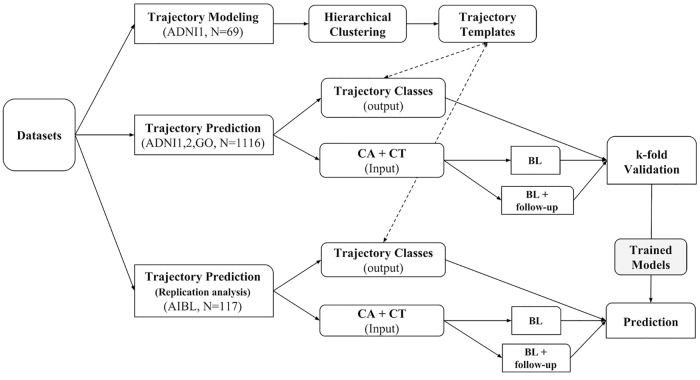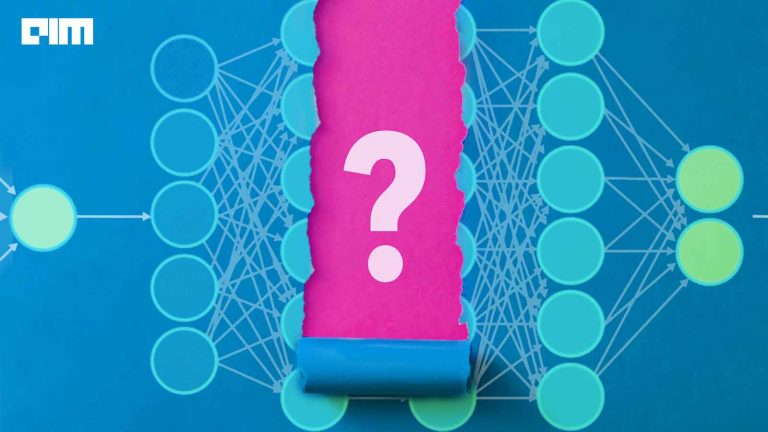 In India alone, more than 4 million people suffer from some form of dementia. The most prominent of it all is Alzheimer’s, which India has the third highest caseload in the world, after China and the US. Usually targeting people with the age of 60 or 65 years, currently there is no cure to the disease. However, researchers across the globe are trying to predict the disease in advance.
In India alone, more than 4 million people suffer from some form of dementia. The most prominent of it all is Alzheimer’s, which India has the third highest caseload in the world, after China and the US. Usually targeting people with the age of 60 or 65 years, currently there is no cure to the disease. However, researchers across the globe are trying to predict the disease in advance.
We recently covered a news on Indian-origin researchers developing AI that can predict risks almost five year in advance. This research titled ‘Modelling and Prediction of Clinical Symptom Trajectories in Alzheimer’s Disease Using Longitudinal Data’, has been carried out by Nikhil Bhagwat, M Mallar Chakravarthy, Joseph D Viviano and Aristotle N Voineskos, from the University of Toronto. In this article we are going to detail their research and list some of the key takeaways.
How Was The Model Designed?
Data for designing this machine learning model was taken from Alzheimer’s Disease Neuroimaging Initiative (ADNI) database and a replication analysis was done using subjects from Australian Imaging, Biomarker & Lifestyle Flagship Study of Ageing (AIBL). Age, Apolipoprotein E4 (a class of protein) status, clinical scores from mini-mental state exam (MMSE) and Alzheimer’s Disease Assessment Scale (ADAS-13), and T1-weighted MR images were used in the analysis.
The research also involved primary analyses on data of three visits of patients from ADNI with a timespan of longer than one year. The training set used for building the algorithm learnt from the data of over 800 people which involved normal, healthy seniors, to those depicting mild cognitive impairment as well as those with Alzheimer’s.

ADNI data was used to for primary analysis, for trajectory modelling and for prediction. Whereas, the AIBL data was used as the independent replication cohort for the process of prediction.
The Algorithm Built And Its Working
The algorithm built by the team to detect Alzheimer’s risk is named as Longitudinal Siamese Neural network (LSN). It has modules for combining multimodal data from two timepoints, and can learn from MRI, genetics and clinical data collected from ADNI.
Longitudinal clinical and structural information combined with genetic information can be used to predict trajectories using machine learning algorithms. The advantage of longitudinal data is that it allows for the measurement within sample change over time and record the timing of various events.

The machine learning model was primarily used for:
- Trajectory Modelling: This is where the modelling of the symptom trajectories is done. The goal is to group subjects with similar clinical progression so that a template for differential trajectories can be built. Six years of clinical data was used as input for hierarchical clustering. The primary goal was not to discover unknown subtypes of Alzheimer’s Disease (AD) progression, but to create a trajectory prototype which will eventually be assigned to individuals. These prototype labels in turn help in prediction which involves diagnosis and also symptom detection at some point. In the end, trajectory templates are determined based on the clustering. This allows for a relatively simple way of dealing with missing data.
- Trajectory Prediction: After the symptoms trajectories are obtained using the model, multimodal and longitudinal data is used for prediction of symptom trajectories. The goal is to find out the prognostic trajectories as early as possible. The prediction models use information available from a single time point, called the baseline time point. But this lacks information regarding short-term neuroanatomy changes and clinical status, which is useful for the prediction process. To solve this, a model that combines data from the time plots and improve the prediction performance was developed. This model is called Longitudinal Siamese network (LSN). LSN was built with two design objectives:
- to combine the MR information from two timepoints that encodes the structural changes of different clinical trajectories.
- to incorporate genetic as well as clinical information with the structural magnetic resonance information in an effective manner.
It was found that LSN could help in determining patients who are at a high risk. “At the moment, there are limited ways to treat Alzheimer’s and the best evidence we have is for prevention. Our AI methodology could have significant implications as a ‘doctor’s assistant’ that would help stream people onto the right pathway for treatment,” said Mallar Chakravarty of the research group.
The work presented a data-driven approach for modelling long-term symptom trajectories derived solely from clustering of longitudinal clinical assessments. The resultant trajectory classes represented relatively stable and declining trans-diagnostic subgroups of the subject population. Cortical thickness was preferred as the magnetic resonance measure over characteristics like head size and total brain volume, because of its higher robustness.
A Win Over Other Methods
Attempts have also been made in the past to predict Alzheimer’s by methods such as logistic regression (LR), support vector machine (SVM), random forest (RF), and classical artificial neural network (ANN), but Longitudinal Siamese Neural network (LSN) shows an advantage over all others. For instance, the ANN model does not offer consistent performance for slow-declining trajectory prediction as it fails to predict that class in cross validation.
On comparing LSN with other machine models mentioned above, it was found that the MRI information in combination with clinical and demographic data proved to be of a great value in LSN. It also shows the benefit of the follow-up time point information towards the prediction task to assist prioritization of MR data acquisition and periodic patient monitoring.
Concluding Note
Knowing Alzheimer’s in advance will provide a timely intervention of the disease and allow for a preliminary planning as well. Preventive treatments and interventions are an effective way out and this model can prove to be revolutionary if implemented. It would allow to work on new drugs by analysing the condition thoroughly, thereby keeping Alzheimer’s at bay.



















































































